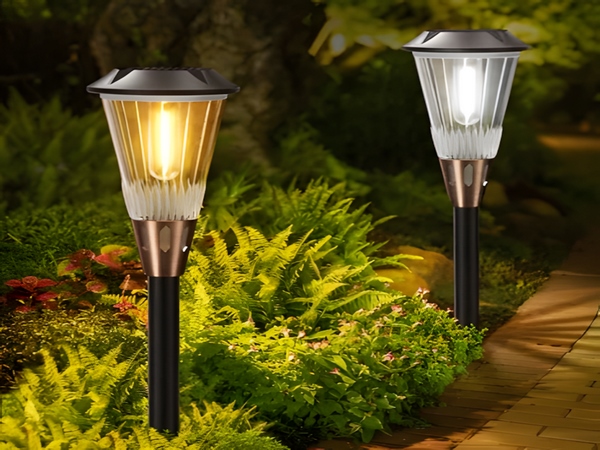

The price of LED street lights is determined based on actual usage demands, and one should avoid obviously cheap products, as inexpensive often equates to inferior quality. Besides LED street lights, other outdoor lighting fixtures like solar street lights, solar lawn lights, hybrid power street lights, and solar courtyard lights also fall under this consideration. While product price is critical, focusing solely on lower prices at the expense of quality is unwise.

Pricing is an unavoidable core factor in product transactions, and everyone desires to purchase products that offer high value and quality at a reasonable price. For outdoor street light contractors, the price of LED street lights is a significant concern, sometimes even surpassing the focus on the quality of LED street lights. A reminder to outdoor street light buyers: the adage “you get what you pay for” holds true. Be cautious of low-priced, poor-quality products that masquerade as good deals.
The composition of LED street light prices, like most products, generally consists of: raw materials and parts cost + labor cost + packaging and transportation of finished products + rent, accumulated depreciation of machinery + taxes + profit = sales price. When we talk about discounts, it often pertains to reductions in profit margins. How so? In a market economy, when considering LED street lights of equal specifications and quality, the costs for raw materials, labor, and transportation and packaging are quite similar across companies. For instance, if an LED street light set sells for 1200 units, and the profit margin is 10% or 120 units, the discount would come from this profit. No company can lower prices beyond this profit without incurring losses as their costs are already 1080 units, making it unsustainable in the long term.
If there’s a product with a market cost of 900 units and an LED street light manufacturer claims to sell below that price, I can confidently say they won’t be sacrificing profit margins. Instead, they’re likely adjusting their cost structure around the 900 units. For a market price of 1000 units with a general cost of 900 units and 100 units of profit, to maintain a profit while selling below market cost could only happen if their costs are below 900 units. This means we often encounter penny-pinching and inferior quality. I’ll leave it at this, and I’m sure you understand the point I’m making: all prices below market costs are often linked to low-quality products. It’s advisable to steer clear of them.
Returning to the composition of LED street light prices, apart from operational costs, they essentially include: fixtures with light sources + galvanized light poles + power sources + underground cages + labor, packaging, and transportation. The LED lamp head consists of the housing, reflective sheet, lens, and light source chip. Prices will vary based on specifications, brands, and styles, while factors such as the thickness, material, and height of light poles also influence pricing. The types and qualities of controllers vary as well. What I mean to convey is that the price composition of LED street lights is determined by actual usage needs, and differences in brands and qualities do exist. Previously, some have asked for LED street light prices based on specific configurations. I can provide three different prices for the same configuration. Of course, the same configuration at different prices depends on quality and brand, which I’ve just pointed out leads to low-quality products marketed as budget-friendly. Such companies will tell street light contractors, especially inexperienced buyers, that they can offer the same configuration at a 30% lower price than competitors, which is the underlying reason. I’ll provide a contrasting example: if the light source is of an inferior brand and its actual output is 20% lower than advertised, the cost of that light source is reduced. If the light pole uses non-galvanized materials, it becomes cheaper. If the pole is thinner than industry standards, costs drop further, and if the power source is also from a non-reputable brand without smart features, that leads to even lower costs. Consequently, cheap products are made by cutting corners on raw materials and using inferior, low-end components. This allows them to sell below industry cost, but this reflects irresponsibility towards outdoor lighting projects. Such LED street light manufacturers are being irresponsible to street light contractors.



